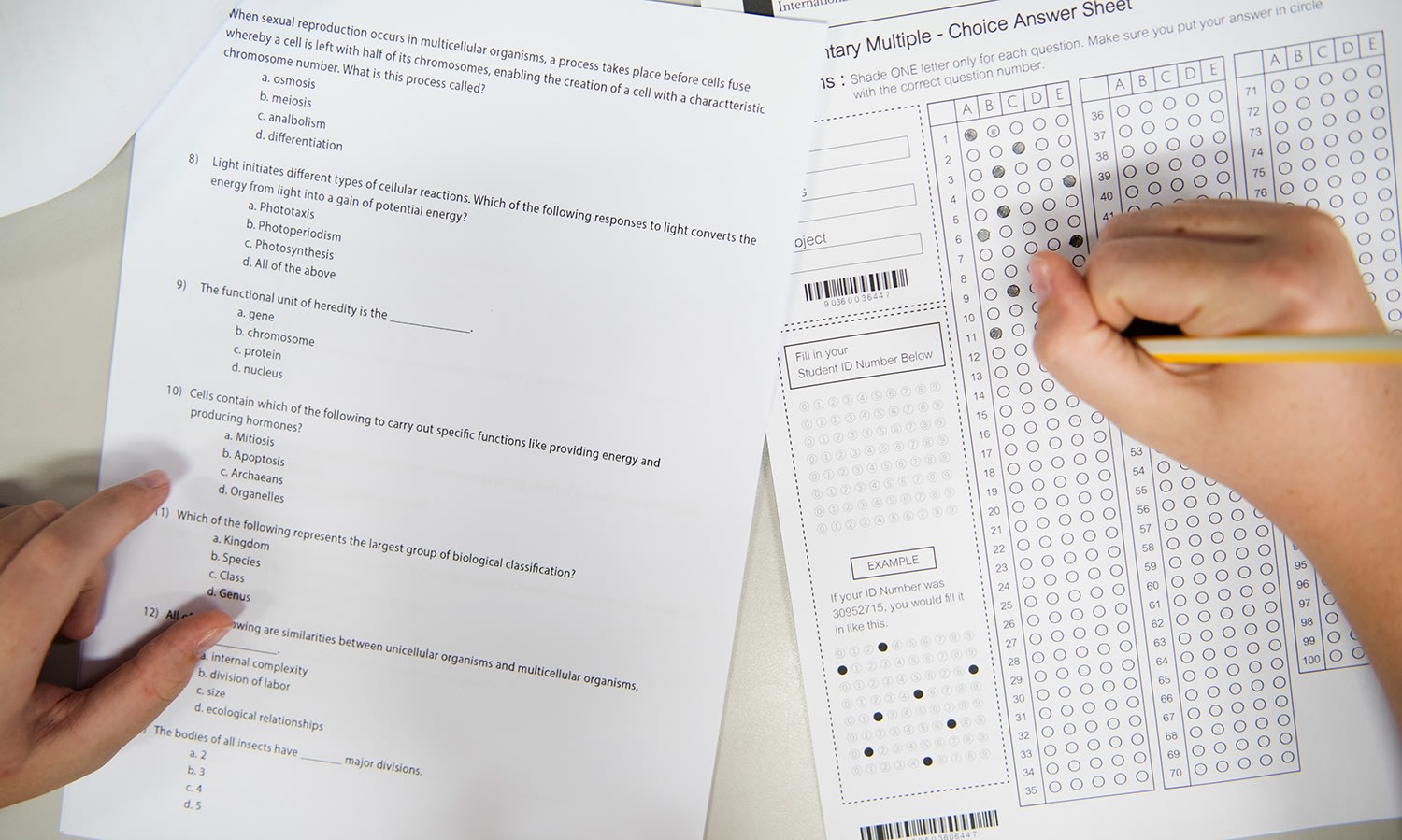The National Assessment Program – Literacy and Numeracy, commonly known as NAPLAN, is a crucial educational assessment tool used across Australia. Initiated in 2008, naplan tests are designed to measure students’ literacy and numeracy skills, providing valuable insights into their educational progress and areas needing improvement. This article delves into the significance of NAPLAN tests, their structure, controversy, and their impact on education.
What are NAPLAN Tests?
NAPLAN tests are standardized assessments administered annually to students in Years 3, 5, 7, and 9. The tests cover four key domains: reading, writing, language conventions (spelling, grammar, and punctuation), and numeracy. They are intended to provide a snapshot of student performance across these fundamental areas, helping educators and policymakers gauge the effectiveness of teaching strategies and curriculum standards.
Structure and Format
Each NAPLAN test is designed to be completed within a specific timeframe, typically lasting about 40 to 65 minutes per test, depending on the year level. The tests are multiple-choice and written, with a focus on assessing both understanding and application of knowledge.
Purpose and Benefits
NAPLAN tests serve several purposes in the Australian education system:
- Educational Benchmarking: They provide a benchmark against which schools and education authorities can measure individual and collective performance.
- Identifying Areas for Improvement: The tests help identify strengths and weaknesses in student learning, allowing educators to tailor teaching strategies and interventions.
- Accountability: NAPLAN results are used to hold schools and education systems accountable for student outcomes, helping to inform resource allocation and policy decisions.
- National Comparison: They allow for comparisons of student achievement across states and territories, providing a broader picture of educational performance.
Controversy and Criticism
Despite its benefits, NAPLAN has faced criticism and controversy:
- Teaching to the Test: Some argue that the focus on NAPLAN results may lead to a narrow curriculum, with teachers ‘teaching to the test’ rather than focusing on a broad, balanced education.
- Student Stress: The high-stakes nature of NAPLAN testing can lead to stress and anxiety among students, affecting their well-being and mental health.
- Public Scrutiny: Results are publicly available, leading to public scrutiny of schools and potentially impacting their reputation and funding.
Future of NAPLAN
In recent years, there have been calls for reforms to NAPLAN, including potential changes to its frequency, format, and use of results. Some argue for a broader assessment framework that includes skills beyond literacy and numeracy, such as critical thinking and creativity.
